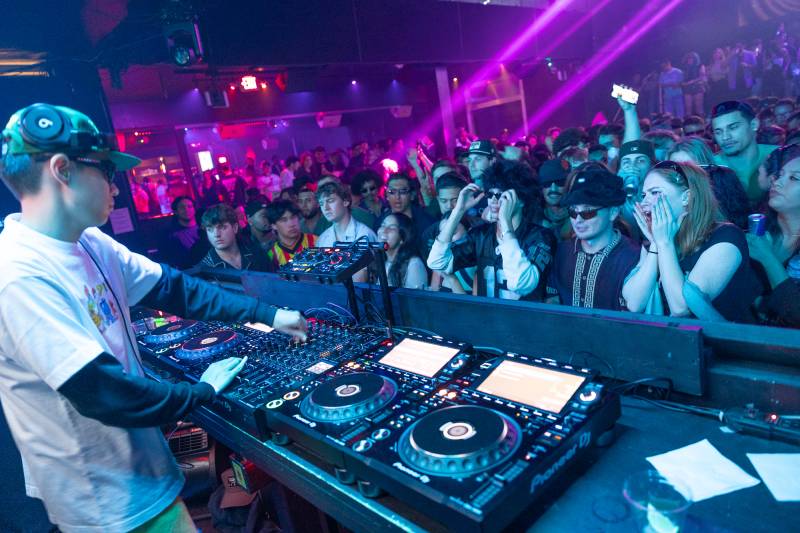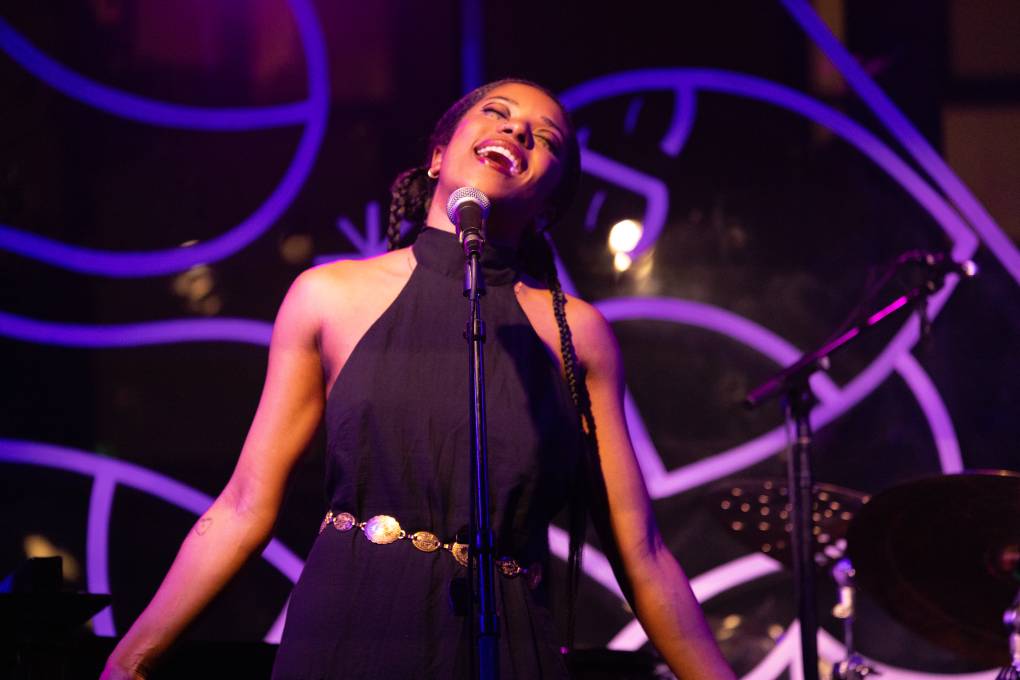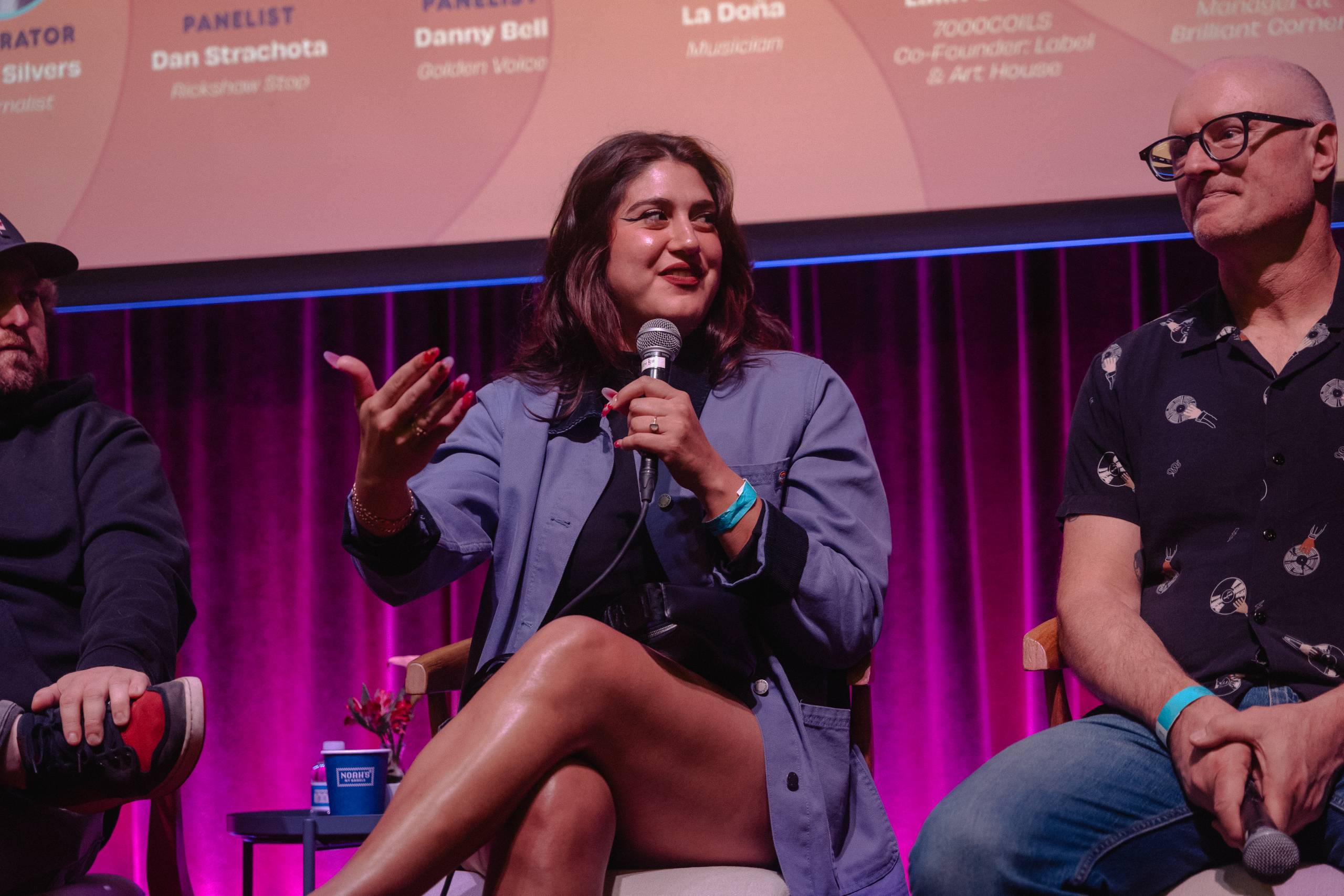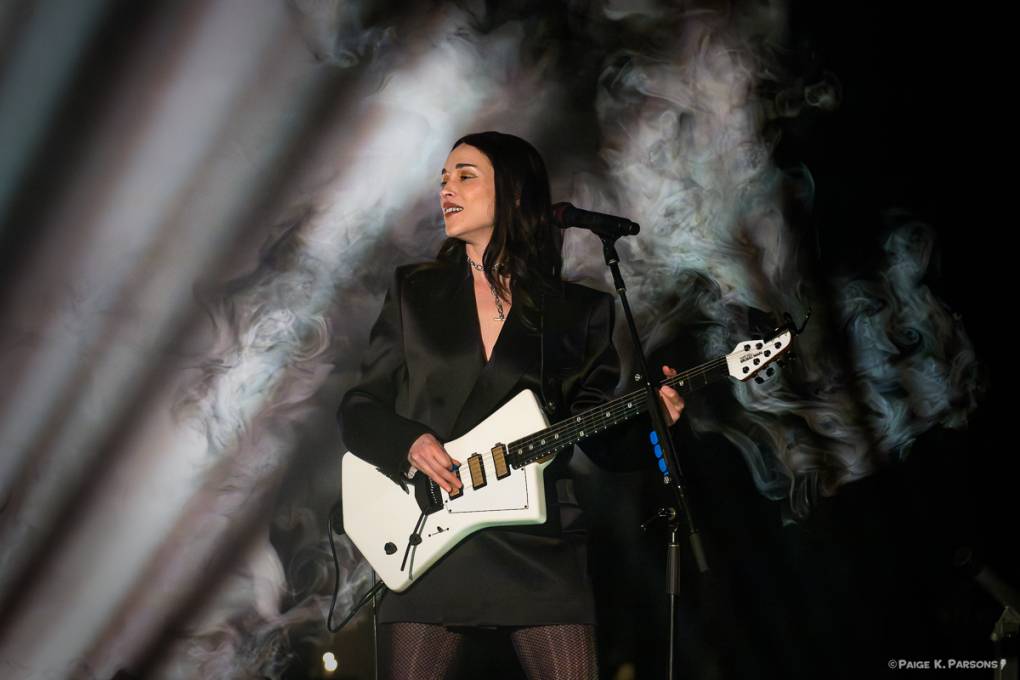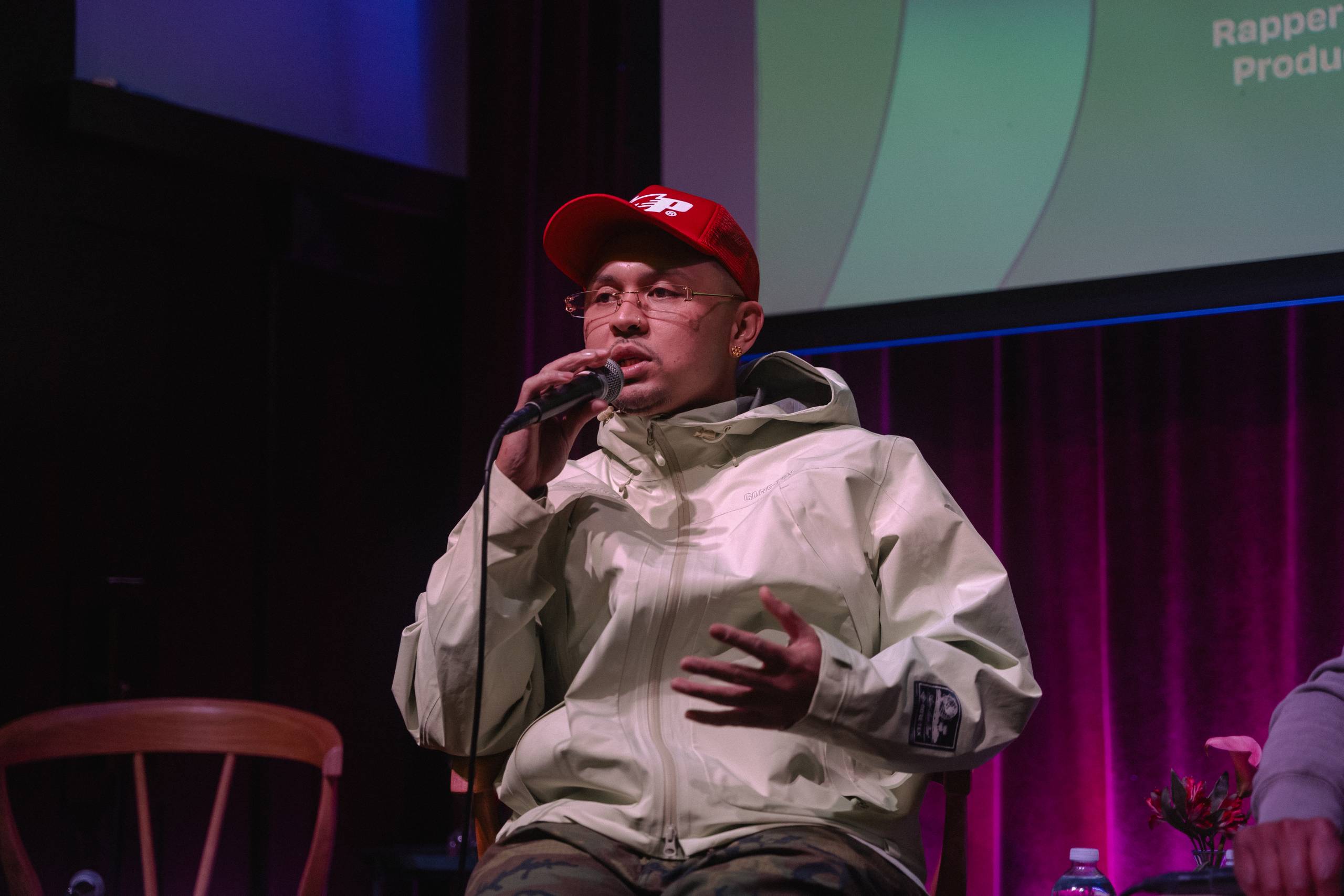It’s been an exciting time for San Francisco’s music scene. Local rappers and DJs showed out at high-profile parties for NBA All-Star Weekend. Billboard ran a cover story on the entrepreneur Ghazi, who built EMPIRE into the largest privately held record label in the U.S. And last week, nearly 100 bands performed at over a dozen venues for this year’s Noise Pop festival.
Simultaneously, Noise Pop producers teamed up with city government for the first-ever San Francisco Music Week, a series of panels, workshops and events aimed at bolstering the local ecosystem.
Music Week culminated on Feb. 28 with an Industry Summit, which brought independent artists and small venue operators in dialogue with powerful people like Mayor Daniel Lurie, executives from Another Planet Entertainment and Goldenvoice, and the director of the Recording Academy’s San Francisco chapter.
When about 200 caffeinated music professionals and enthusiasts first sat down in the wood-paneled ballroom of Swedish American Hall, people kept repeating a certain phrase: “We’re so back.”
“Let’s get this city to its rightful place, which is the greatest city in the world,” said Lurie during his 15-minute onstage conversation with Noise Pop co-owner Jordan Kurland.
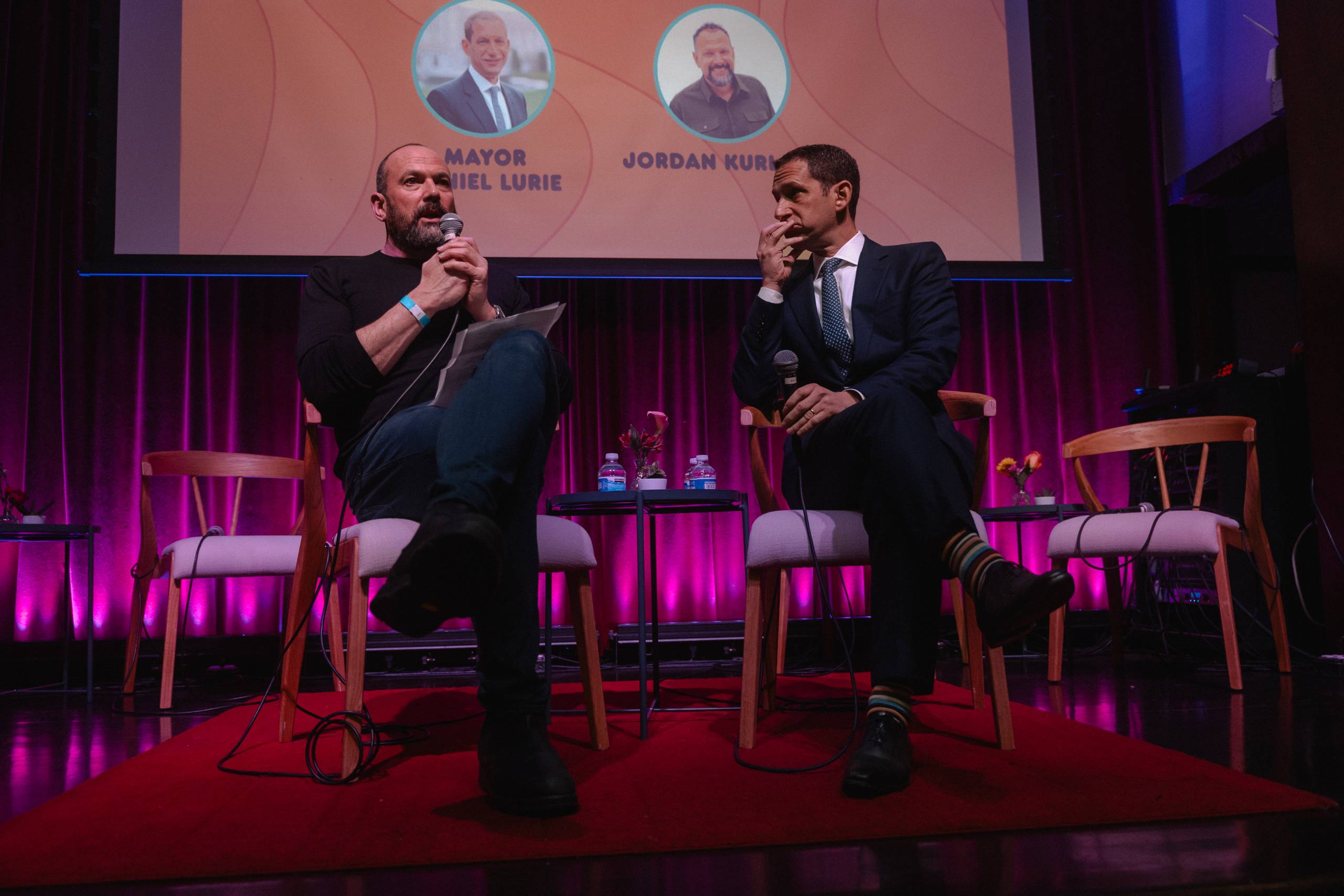
Yes, the Bay Area has an incredible legacy of nurturing musicians and artistic movements, from Carlos Santana to E-40, from hippies to hyphy. But as discussions deepened throughout the summit, the tone shifted from local pride to unpacking the dire situation holding San Francisco back from its full potential as a music industry hub. Exorbitant rents that require artists to move away or hold down multiple jobs, leaving no time for music. Impossible economics for small venues. A collective post-COVID mood shift towards introversion. Large labels and promoters profiting; small businesses in crisis. A brain drain to New York and Los Angeles.
